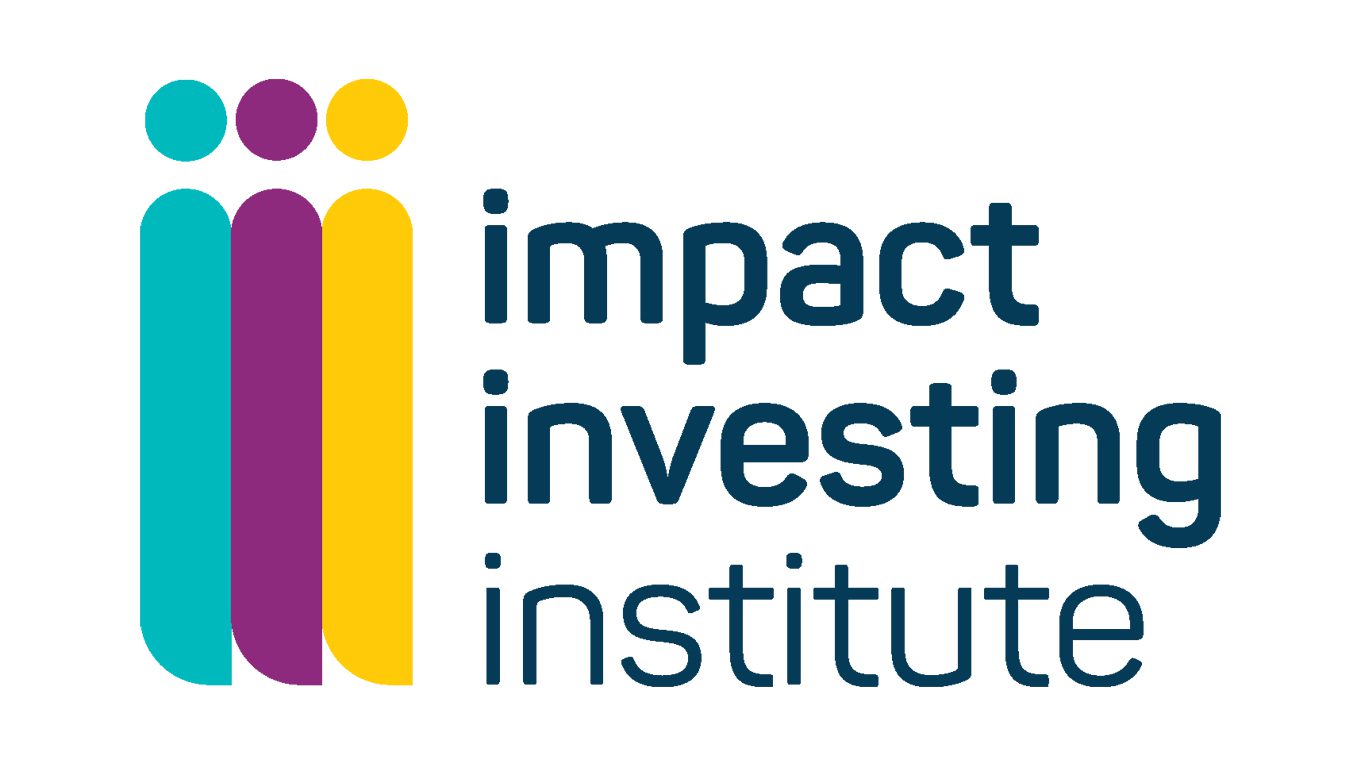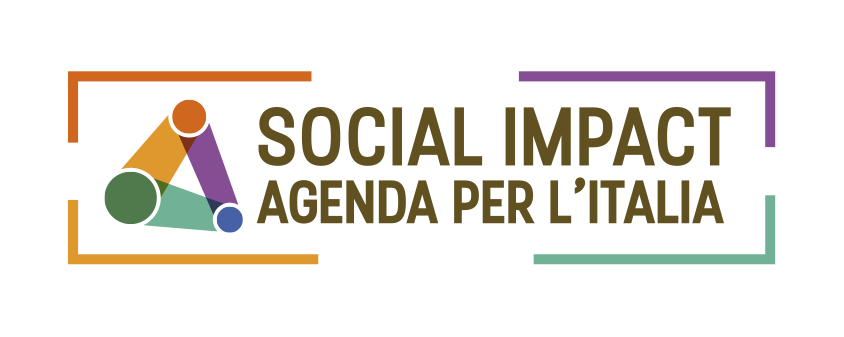The importance of a transition that is socially inclusive and beneficial is being increasingly recognised in efforts to mitigate the climate emergency, deliver sustainable adaption programmes and a net-zero carbon economy.
This event, which was co-hosted by the Impact Investing Institute and Social Impact Agenda per l’Italia, as part of the All4Climate – Italy 2021 programme, explored how innovative green bonds that associate financing for climate action with social benefits can be mobilised to finance a Just Transition to Net-Zero.
Green finance has witnessed a sustained rise in the last few years and is projected to increase substantially, as governments and companies are expected to issue as much as $500bn in green debt in 2021 to satisfy fast-growing market demand. Yet, against the backdrop of the coronavirus pandemic, there is a growing acknowledgment that green finance instruments must deliver more than financial returns and environmental benefits. There is a now an expectation that responsible, sustainable and other green investments must consider their impact on people, societies, livelihoods, health and living standards and should also deliver significant positive and measurable social ‘co-benefits’.
The event highlighted the potential for the deployment of green bonds that deliver social co-benefits by sovereign and corporates. Such innovative financial instruments offer a promising way through which substantial private capital can be mobilised by sovereigns and corporates to finance a global Just Transition to Net-Zero, achieve the Paris Agreement and meet the United Nations’ Sustainable Goals, both in developed and developing countries.
This event also showcased examples of innovative financial instruments, based on recent issuances in Italy and the UK, the co-organisers of COP26.
Key messages from the discussion
- The growth in the market for both socially and environmentally focused bonds has been remarkable, driven both by the looming challenges we face and the appetite among investors to be part of the solution. Size is just one of this market’s leading attributes – its variety and breadth is just as important. Beyond appealing to investors already involved in the bond market, bonds with environmental and social benefits attract an entirely new cohort of investors, many of whom have never previously invested in the market area.
- Previously, issuers have viewed the need to address sustainability challenges in a fragmented way, detaching social issues from environmental ones. This dichotomy, however, is a false one. As the Green+ Gilt and others have demonstrated, these two dimensions are deeply intertwined and more than this, the combination of the two can create a far more attractive and influential instrument. The effect of this can be particularly pronounced in developing countries, strengthening the perceptions of risk and the quality of issuance.
- No matter which area of the market you are operating in, but especially for green bonds, creating a clear dialogue between issuers and investors is of paramount importance. Indeed, this direct exchange of information was foundational in the issuing of the first ever green bond in 2008. From in-depth initial information to the expertise and validation of second and third parties, communicating the impact of potential investments alongside the risk develops a level of credibility and transparency which is crucial for attracting potential investors. Whilst this level of detail is certainly one of the bond’s greatest strengths, it is, in a sense, also one of its greatest challenges – maintaining these levels of transparency and accountability requires a high degree of work from each issuer.
- The transparency and level of reporting associated with green bonds has been a significant development for the bond market as a whole, with these bonds acting as a vanguard for in-depth, rigorous reporting. Their example should now be rolled out more widely. As we move towards this level of detail becoming the norm, we also need to focus specifically on issuances from sectors with particularly high environmental impact who do not currently disclose. This will require a significant, but essential, shift in thinking – moving to a world where all investments account for their impact as well as their risk and return.
- While significant progress has been made, the needs of financing remain huge. In the energy sector alone, annual funding for renewable energy reached $300 billion; if we want to limit global temperature increase to 1.5 degrees, this will need to rise to $2.5 trillion. The next decade is crucial – during this time, to reach Net Zero, annual investment will need to increase fivefold in the EU and sevenfold in emerging economies.
Video recording
Audio recording









